Did you know that nearly half of adults over 65 struggle with some kind of sleep disorder , yet most don’t recognize the signs or take steps to improve their sleep? If you think poor sleep is just a normal part of aging, think again. In this comprehensive guide, we’ll debunk common myths, reveal startling statistics, and provide research-backed strategies to help older adults—and those who care for them—enjoy truly restful nights.
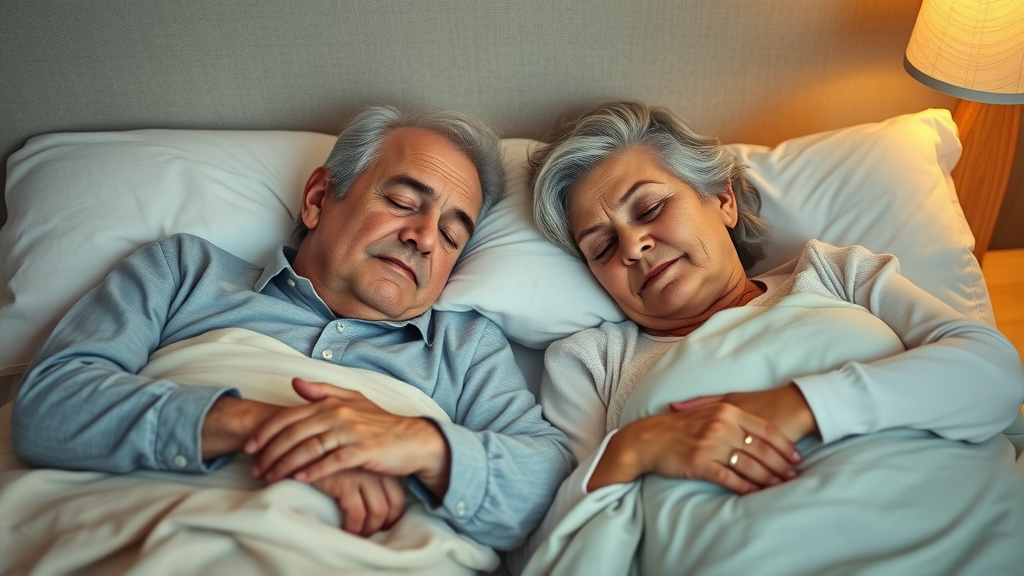
The Truth Behind Sleep Habits of Older Adults: Unveiling Startling Statistics
- Many believe aging inevitably means disrupted sleep. In reality, studies reveal nearly 50% of older adults experience sleep disorders, but most remain unaware of the underlying causes.
The sleep habits of older adults often don’t receive the attention they deserve. While the stereotype paints a picture of elderly individuals naturally sleeping less or waking up frequently, the reality is far more nuanced. Research now shows that almost half of all older adults meet the criteria for a sleep disorder, but the majority fail to recognize these issues as treatable medical conditions. Persistent sleep disturbances can have cascading effects on physical, emotional, and cognitive health, but many simply accept them as part of "normal aging." Demystifying these beliefs is the first step toward healthier sleep for the older adult population.
It’s important to realize that poor sleep in older adults is neither universal nor inevitable. Improvements are possible when sleep changes are understood and managed appropriately. By considering recent findings and expert advice, older adults and their families can identify problematic patterns and seek effective interventions. This section will explore the data and misconceptions behind the sleep issues that accompany aging.
What You’ll Learn about Sleep Habits of Older Adults
- Scientific explanations for changing sleep habits in older adults
- How normal aging impacts circadian rhythm and sleep quality
- Identification of common sleep disorders in older adults
- Practical strategies to enhance good sleep for older people
Understanding what shapes the sleep habits of older adults is key for healthy aging. This article will guide you through the latest science—explaining why changes happen, how normal aging affects rest, and what symptoms may signal a more serious sleep disorder like sleep apnea or restless legs syndrome. You’ll gain practical sleep hygiene strategies and learn how medical interventions can make a difference. Whether you’re an older adult, caregiver, or family member, you’ll be empowered to identify problems and take action for better sleep.
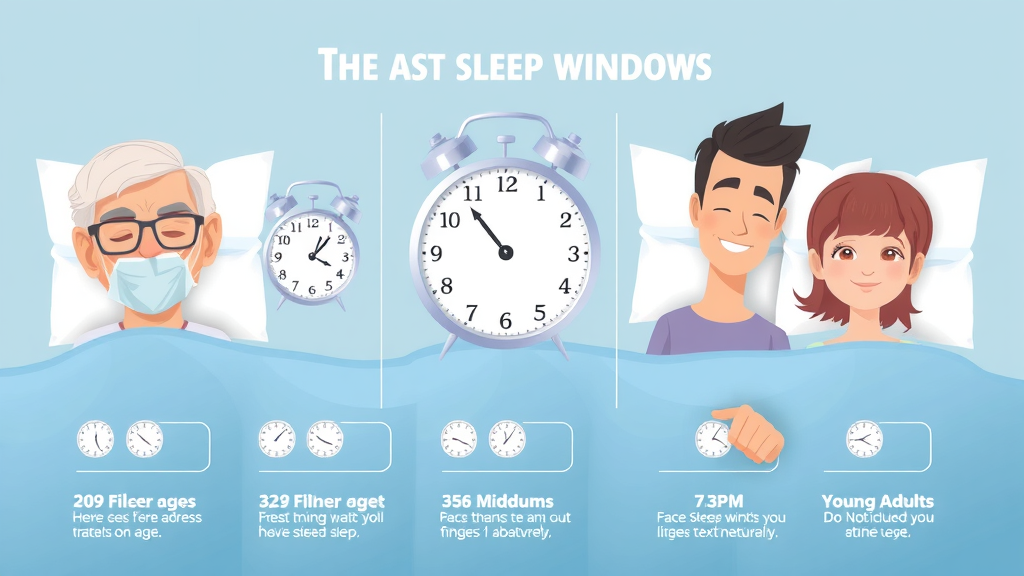
Understanding the Sleep Habits of Older Adults Compared to Other Age Groups
Comparing the sleep habits of older adults to those of younger and middle-aged adults highlights several key differences. Normal aging brings gradual shifts in sleep architecture and duration, often reducing slow-wave and REM sleep and increasing nighttime awakenings. These changes are not simply a matter of "needing less sleep"—instead, older adults may get less restorative sleep due to biological and lifestyle factors. Data show that older individuals typically average 6-7 hours of sleep per night, compared to 7-9 hours among young adults. This decline is often accompanied by fragmented sleep and a greater prevalence of sleep disorders.
In addition, circadian rhythm—the body’s internal clock that regulates sleep and wake cycles—tends to shift with age. This means older people often feel sleepy earlier in the evening and wake up earlier in the morning, a pattern known as advanced sleep phase. Unfortunately, lifestyle factors and medical conditions commonly experienced by older adults may further disrupt sleep patterns, compounding the effects of normal aging.
Normal Aging and Its Impact on Sleep
Normal aging changes several aspects of sleep, impacting its duration, depth, and continuity. Older adults often spend less time in deep, restorative sleep (slow-wave and REM stages) and more time in lighter sleep phases. This makes them more susceptible to being awakened by noises or minor discomforts that wouldn’t disturb younger adults. These physiological changes are natural but can leave older individuals feeling less refreshed and more fatigued, even if the total time in bed hasn’t changed dramatically.
The cumulative effect of these changes can contribute to increased daytime sleepiness, memory problems, and even irritability. While some degree of sleep modification is expected with aging, poor sleep is not an unavoidable consequence. Environmental factors, such as irregular sleep schedules, lack of physical activity, or inconsistent lighting, can exacerbate age-related changes, making intervention both necessary and impactful.

How Circadian Rhythm Shifts Affect Older Adults’ Sleep Patterns
Circadian rhythm regulates the timing of sleep and wakefulness, and its shift is a hallmark of aging. As people grow older, circadian patterns typically advance: older adults may find themselves getting tired earlier in the evening and waking up pre-dawn. These shifts can be further influenced by reduced light exposure, medications, chronic disease, and lifestyle factors, which can result in more fragmented and less rejuvenating sleep.
Such disruptions to the sleep-wake schedule are partly due to decreased melatonin production and age-related changes in the brain’s sleep centers. This leads to difficulty maintaining sleep throughout the night (sleep fragmentation), early morning awakenings, and sometimes challenges falling asleep at the desired time. Recognizing these circadian rhythm changes helps older adults and caregivers adapt daily routines and environments to encourage better, more consistent sleep.
| Age Group | Average Sleep Duration | Common Sleep Issues |
|---|---|---|
| Young Adults | 7-9 hours | Few |
| Middle-Aged | 7-8 hours | Some Insomnia |
| Older Adults | 6-7 hours | Sleep Disorders, Fragmented Sleep |
Age-Related Changes in Sleep Habits of Older Adults
As we age, sleep changes are inevitable, but the nature and degree of these changes differ from person to person. The sleep habits of older adults often reflect a combination of biological, psychological, and social factors. It’s common to see more frequent arousals at night, less time spent in deep sleep, and greater difficulty returning to sleep after waking. Age-related health conditions, medications, and lifestyle adjustments further influence sleep quality, sometimes contributing to chronic sleep disorders.
Older adults may also experience more vivid dreams, increased incidences of insomnia, and a tendency toward napping during the day due to cumulative sleep deprivation. This interplay of factors highlights the need to recognize and address the unique sleep concerns that come with aging, ensuring that what could be labeled as “normal” is not overlooked when it may actually be treatable.
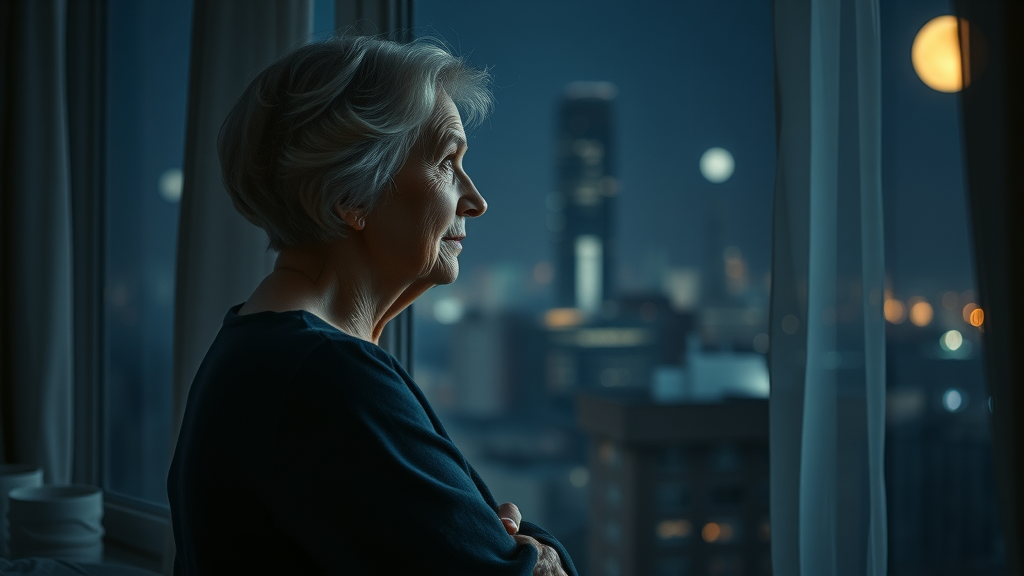
Why Sleep Quality Often Declines in Older Adults
The primary culprit behind poor sleep in older adults is often a decrease in sleep quality rather than a drastic loss of total hours of sleep. Deep sleep (slow-wave and REM sleep) diminishes with age, leaving older adults more susceptible to midnight awakenings and less likely to feel rested in the morning. Factors such as chronic pain, nocturia (frequent urination at night), side effects from medications, or underlying health issues like arthritis can further disrupt sleep continuity.
Psychological and environmental changes also contribute to sleep decline. Retirement, changes in daily routine, reduced social or physical activity, or the loss of a partner can all negatively affect the sleep habits of older adults. It’s crucial to differentiate between changes that are an unavoidable result of normal aging and those signaling a treatable sleep disorder. Recognizing these distinctions leads to targeted interventions and improved outcomes.
The Role of Good Sleep and Factors Leading to Poor Sleep in Older Adults
Good sleep is vital for cognitive clarity, physical vitality, and emotional stability in older adults. Yet, the road to restorative rest can be blocked by various factors. Poor sleep in older adults is frequently linked to chronic health conditions, reduced mobility, depression, and social isolation. Medical interventions, environmental adjustment, and behavioral strategies can all help remediate poor sleep.
It’s increasingly clear that optimizing the sleep environment, adhering to a routine bedtime, and addressing health issues proactively make a significant difference in sleep quality. Encouraging older adults to challenge the myth that poor sleep is an unavoidable aspect of aging is a potent first step toward meaningful change.
“Getting older doesn’t mean you have to accept poor sleep as normal. Addressing sleep habits is crucial for overall health in older adults.”
Common Sleep Disorders Affecting Older Adult Populations
Several specific sleep disorders disproportionately affect the sleep habits of older adults. These include sleep apnea, restless legs syndrome (RLS), and periodic limb movement disorder (PLMD), among others. Recognizing and treating these conditions is crucial because they don’t just impact sleep—they can accelerate cognitive decline, worsen chronic illnesses, and reduce quality of life.
Sleep apnea, characterized by interrupted breathing throughout the night, is particularly underdiagnosed in older adults but can have serious health consequences, including high blood pressure and heart disease. Additionally, movement disorders such as RLS and PLMD disrupt sleep by causing uncomfortable sensations or uncontrollable movements of the legs, leading to frequent awakenings and poor daytime function.
Sleep Apnea and Its Impact on the Sleep Habits of Older Adults
Sleep apnea is a condition marked by repeated pauses in breathing during sleep, leading to frequent micro-awakenings and severely compromised sleep quality. In older adults, sleep apnea is increasingly common, though its symptoms—such as loud snoring, morning headaches, and excessive daytime fatigue—are often dismissed or mistaken for normal aging. Left untreated, sleep apnea can cause cardiovascular issues, worsen existing health conditions, and contribute to cognitive impairment.
Diagnosis frequently requires overnight sleep studies, while treatment may involve lifestyle changes, oral appliances, or the use of devices like CPAP (Continuous Positive Airway Pressure) machines. Recognizing and managing sleep apnea is essential for restoring good sleep and preventing serious long-term health risks in older adults.
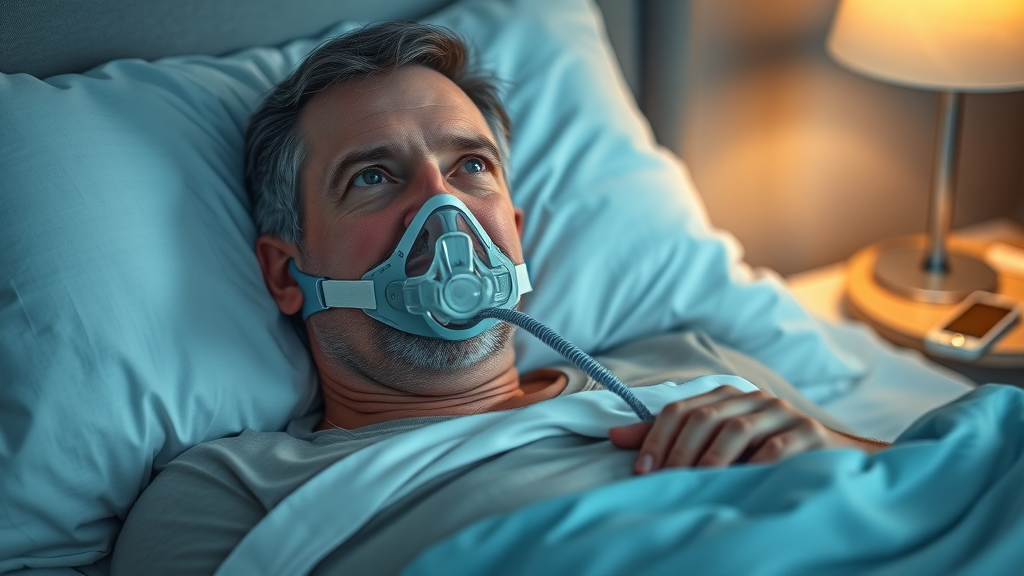
Restless Legs Syndrome and Periodic Limb Movement Disorder in Older Adults
Restless legs syndrome (RLS) and periodic limb movement disorder (PLMD) are movement disorders that notably disrupt the sleep habits of older adults. RLS causes tingling or crawling sensations in the legs, often intensifying in the evening, making it difficult for individuals to fall asleep. PLMD, in contrast, is defined by repetitive jerking or kicking of the legs during the night, typically outside the sleeper’s control.
Both conditions contribute to frequent nighttime awakenings, fragmented sleep patterns, and unrefreshing sleep, often resulting in chronic sleep deprivation and daytime sleepiness. These disorders may be influenced by medical conditions such as diabetes, iron deficiency, or kidney issues—highlighting the value of thorough evaluation in any older adult experiencing persistent sleep disruption.
Recognizing Movement Disorders that Disrupt Sleep
Movement disorders—whether RLS, PLMD, or periodic limb movement related to other neurological or medical conditions—can profoundly undermine sleep quality in older people. Many older adults accept nightly tossing and turning as an unavoidable side effect of aging, but these disturbances are treatable. Symptoms include the irresistible urge to move the legs, rhythmic limb twitching, and unrefreshing sleep even after adequate hours in bed.
Accurate diagnosis may involve sleep studies and expert consultation, guiding the use of medications, physical therapy, or behavioral strategies. Ultimately, addressing these disorders improves not just sleep quality, but also daily functioning and quality of life for the older adult.
Identifying Good Sleep Versus Poor Sleep in Older Adults
- Signs of good sleep: refreshed mood, mental clarity, daytime alertness
- Signs of poor sleep: frequent awakenings, excessive daytime sleepiness, reliance on naps
Evaluating sleep habits in older adults involves more than counting hours in bed. Good sleep leaves individuals feeling mentally sharp, physically energetic, and emotionally balanced. In contrast, poor sleep can manifest as frequent nighttime awakenings, persistent tiredness during the day, irritability, forgetfulness, and a growing need to nap. Monitoring these patterns over time can provide valuable insight into whether an older adult’s sleep deserves attention.
If you notice an older loved one routinely struggling with fatigue, confusion, or mood changes, it might reflect underlying sleep changes or disorders. Proactive assessment and intervention can restore not only sleep but also a sense of wellness.
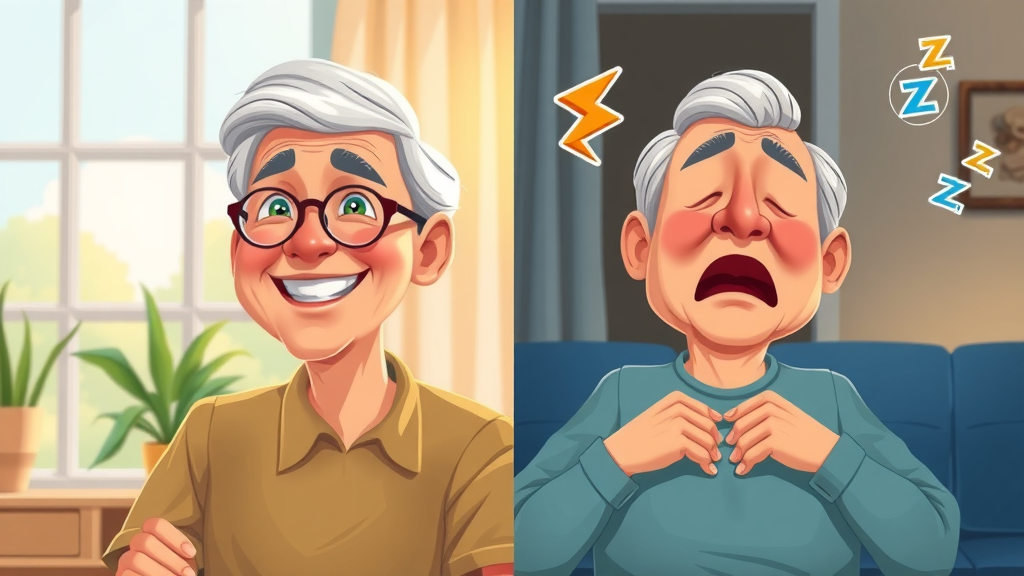
Strategies to Improve Sleep Quality and Sleep Habits of Older Adults
Making small but significant changes to daily routines and sleep environments can vastly improve sleep quality . The following evidence-based strategies are proven to help older adults reclaim Restorative rest. Consistent sleep schedules, avoidance of stimulants and screens before bedtime, gentle exercise, and regular exposure to natural light all play a part in recalibrating the body's natural sleep-wake rhythms. Tailoring these changes to suit individual needs increases the chance of sustainable results.
Alongside lifestyle adjustments, medical interventions and professional guidance may be necessary for severe or persistent sleep problems. If lifestyle changes don’t achieve desired results, seeking medical evaluation is recommended, as many sleep disorders respond well to specialized treatment.
Effective Sleep Hygiene Tips for Older Adults
- Maintain a consistent sleep schedule
- Limit caffeine and alcohol
- Focus on regular exercise
- Reduce exposure to screens before bedtime
Practicing sleep hygiene means creating daily routines and an environment that encourage good sleep. Aim to wake and go to bed at the same times each day, even on weekends. Avoiding caffeine, alcohol, and heavy meals close to bedtime supports your body’s natural wind-down. Regular movement during the day—such as walking, gardening, or simple stretching—can help tire the body appropriately for sleep. Dimming lighting and turning off screens at least an hour before bedtime boosts melatonin production, promoting smoother transitions into sleep.
Medical Interventions and When to Seek Help for Sleep Disorders in Older Adults
There’s no shame in seeking professional help for sleep problems. When sleep issues persist despite excellent hygiene, or when symptoms like habitual loud snoring, breathing pauses, or leg movement disorders surface, medical evaluation is warranted. Specialists may recommend sleep studies to diagnose sleep apnea , restless legs syndrome, or other sleep disorders. Treatment can involve continuous positive airway pressure (CPAP), medication adjustments, or targeted therapies.
Older adults should avoid over-the-counter sleep medications or herbal remedies unless prescribed, as these can cause dependency or interact with existing medications. Collaborative care between older adults, families, and medical professionals leads to safer and more effective solutions for restoring healthy sleep.

How the Sleep Habits of Older Adults Impact Overall Wellness
Quality sleep is foundational for the well-being of all age groups, and especially so for older adults. Poor sleep habits are associated with a heightened risk of chronic diseases, cognitive decline, depression, falls, and diminished immune response. Conversely, good sleep supports memory retention, emotional stability, and physical resilience—key ingredients for healthy aging and sustained independence.
By prioritizing good sleep and addressing poor sleep habits, older adults can safeguard their physical and mental health, preserve social connectedness, and maintain a higher quality of life. Intervening early and consistently makes all the difference.
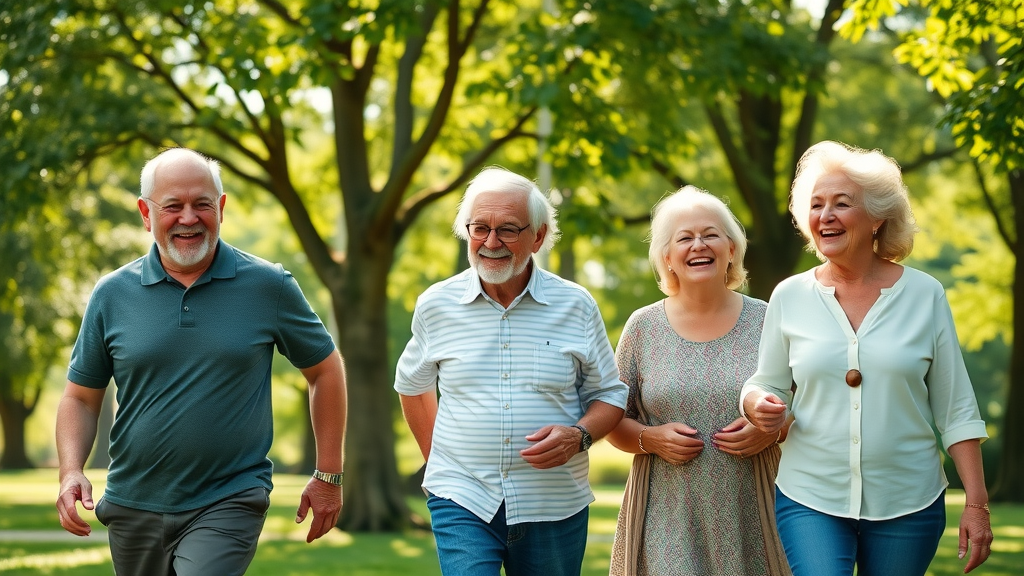
“Healthy sleep sustains healthy aging: investing in your sleep habits today preserves your independence tomorrow.”
People Also Ask: What is the Most Common Sleep Problem in the Elderly?
Insomnia Dominates Among Sleep Disorders in Older Adults
- Insomnia—difficulty falling or staying asleep—is the leading problem affecting the sleep habits of older adults due to age-related physical, mental, and environmental changes.
Insomnia is far and away the most frequently reported sleep disorder in older adults. This can take the form of trouble falling asleep, frequent awakenings, waking too early, or even a constant feeling of unrefreshing sleep. Insomnia in aging is often linked to factors like pain, medication, reduced mobility, or psychological stressors such as loneliness or bereavement.
Proper assessment is essential, as treating underlying medical or psychological causes can dramatically improve sleep. Behavioral therapy (CBT-I) is particularly effective. If insomnia persists, consult a medical professional specializing in sleep medicine.
People Also Ask: What is the Sleep Pattern for Old People?
Typical Circadian Rhythm and Sleep Duration in Older Adults
- Older adults often experience fragmented sleep, lighter sleep stages, and an advanced sleep phase—falling asleep and waking up earlier than when they were younger.
Most older adults develop an “early bird” pattern, feeling sleepy at night and rising with or before the sun. This shift is tied to the body's natural circadian rhythm, which advances with age. Sleep in this stage is lighter and more prone to disturbance, with more time spent awake in the night and occasionally in need of daytime naps.
It’s important to differentiate between “normal” sleep pattern changes and problematic sleep disorders. Understanding these trends can inform expectations and help older adults adjust routines for improved rest.
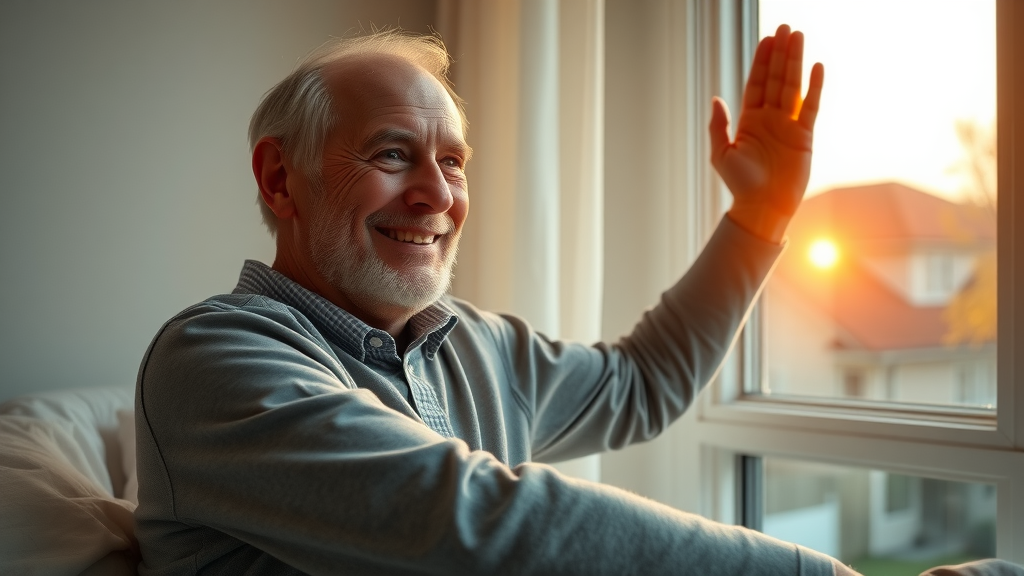
People Also Ask: Why Do Old People Sleep Less at Night?
Physiological and Medical Reasons for Reduced Nighttime Sleep in Older Adults
- Aging impacts circadian rhythm and produces more awakenings due to changes in hormone levels, chronic illnesses, medications, and reduced physical activity.
As individuals age, several physiological changes disrupt sleep. Production of melatonin—the hormone that promotes sleep—declines, and medical conditions such as arthritis, diabetes, or heart disease become more prevalent, all of which can increase nighttime awakenings. Medications often prescribed for these illnesses, along with reduced daytime exercise or sunlight exposure, further diminish sleep quality and duration.
Recognizing these underlying causes is crucial for tailored interventions. By addressing medical problems, adjusting medications, and boosting daily activity, older adults can often reclaim hours of restful sleep per night.
People Also Ask: What is the 10 5 3 2 1 Rule for Sleep?
How the 10 5 3 2 1 Rule Can Improve Sleep Habits of Older Adults
- This bedtime routine guideline recommends no caffeine within 10 hours, no food/alcohol within 3 hours, no screens 1 hour before bed, and so on—helping older adults optimize sleep hygiene.
The “10 5 3 2 1 rule” is a simple, actionable strategy for improving sleep hygiene. The rules are as follows:
- 10 hours: No caffeine
- 3 hours: No food or alcohol
- 1 hour: No screens, allowing your brain to wind down
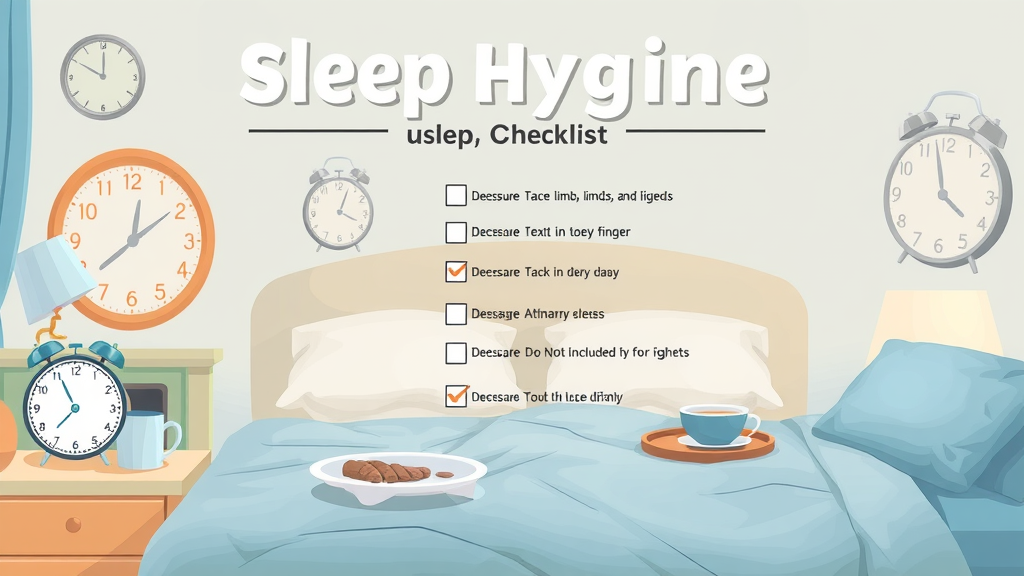
Lifestyle Changes that Support Healthy Sleep Habits of Older Adults
- Adapting diet and nutrition to support sleep
- Creating a restful bedroom environment
- Managing stress and mental health
- Encouraging daily movement and outdoor exposure
Lifestyle modifications can profoundly influence the sleep habits of older adults. Prioritize a balanced diet rich in whole grains, lean proteins, and healthy fats—while limiting sugar and processed foods. A restful bedroom, free from noise and excess light, creates the right cues for sleep. Stress reduction through mindfulness, light reading, or listening to calming music before bed helps quiet the mind.
Finally, encourage daylight exposure and light physical activity each day. Time outdoors, walking or gardening, aligns the circadian rhythm with natural light cues, making it easier to fall asleep and stay asleep.
Expert Answers: Frequently Asked Questions on Sleep Habits of Older Adults
-
Can naps help compensate for poor sleep at night?
Short naps (20-30 minutes) early in the afternoon can be restorative, but long or late-day naps may disrupt nighttime sleep. Good sleep at night is always best. -
Are medications for sleep safe for older adults?
Many sleep medicines pose risks for older adults, such as falls or confusion. Always consult a doctor before starting any medication for sleep. -
When should you talk to a doctor about sleep problems?
If sleep problems persist, cause distress, or impair daily function, seek medical advice. Frequent awakenings, snoring, and excessive sleepiness signal the need for evaluation. -
How can family members support older adults’ healthy sleep habits?
Families can help establish routines, encourage safe environments, and seek professional help for ongoing sleep problems. Social support and understanding go a long way.
Sleep Habits of Older Adults: Key Research-Based Takeaways
- Sleep habits often change due to normal aging, affecting overall wellness
- Common sleep disorders like insomnia, sleep apnea, and restless legs syndrome require attention
- Good sleep hygiene and healthy lifestyle adjustments lead to better sleep quality for older adults
Take Charge: Improving the Sleep Habits of Older Adults Today
- Prioritizing sleep habits and recognizing when to seek expert advice empowers older adults to age healthily, maintain independence, and ensure the best possible quality of life.
Take the first step—talk with a loved one or healthcare provider about sleep. Simple changes today can make every night more restful and every day brighter.
WATCH: Video Overview of Sleep Habits of Older Adults (Video 1)
A video overview visually summarizing how sleep habits change with age, with clear, practical advice and infographics designed for older viewers and their caregivers, with warm lighting, a calm pace, and easy-to-follow narration.
INSIGHTS: Expert Video Panel on Common Sleep Disorders in Older Adults (Video 2)
- Medical professionals discuss the causes, diagnosis, and treatment of sleep apnea and restless legs syndrome in older adult populations.
DIY Sleep Hygiene Routines for Older Adults (Video 3)
- Visual demonstration of easy-to-follow bedtime routines to encourage healthy sleep habits of older adults.
Understanding the sleep habits of older adults is crucial for promoting overall health and well-being. For a comprehensive overview of how aging affects sleep patterns and practical strategies to improve sleep quality, consider reading the article “Sleeping Well as We Age” by the American Association for Geriatric Psychiatry. This resource offers valuable insights into the physiological changes that impact sleep in older adults and provides actionable tips for enhancing sleep hygiene.
Additionally, the article “Common Sleep Disorders Affecting Older Adults” published on the National Center for Biotechnology Information (NCBI) website delves into prevalent sleep disorders among the elderly, such as insomnia and sleep apnea, and discusses both nonpharmacological and pharmacological management options. This resource is particularly useful for understanding the complexities of sleep health in older populations and exploring various treatment approaches.
If you’re serious about improving sleep quality in older adults, these resources will provide you with a deeper understanding and practical strategies to address sleep-related challenges.
 Add Element
Add Element  Add Row
Add Row 
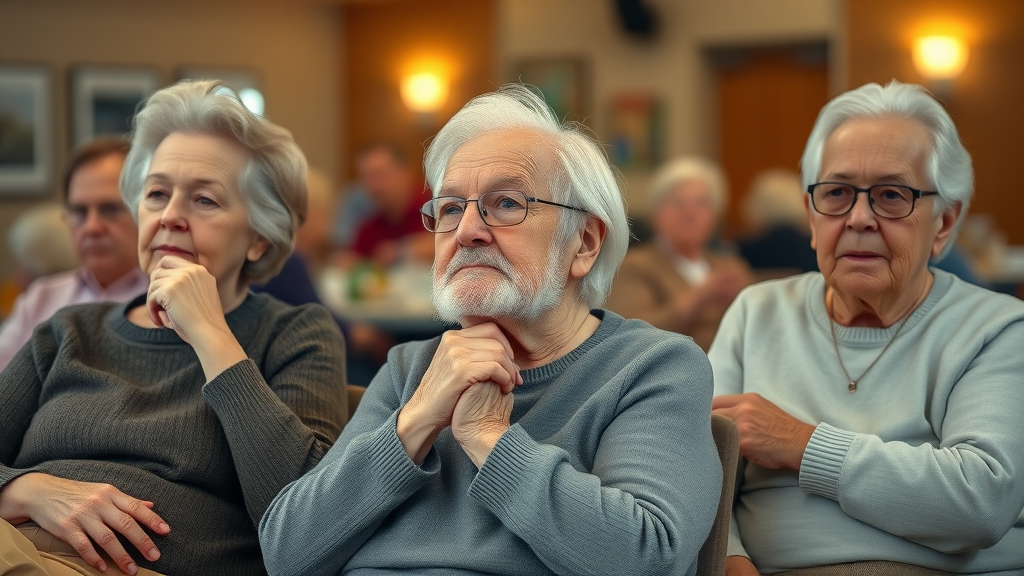
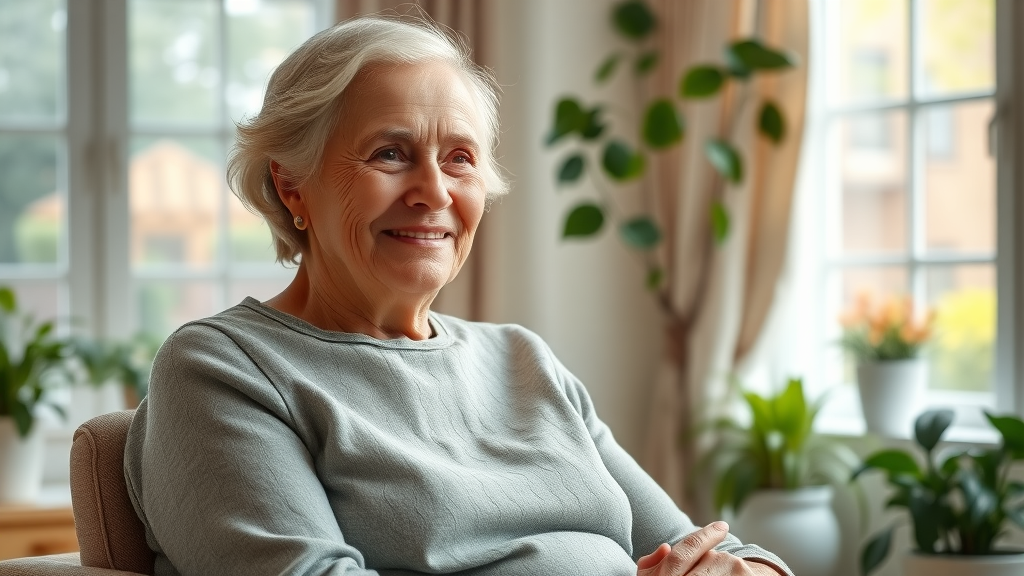

Write A Comment